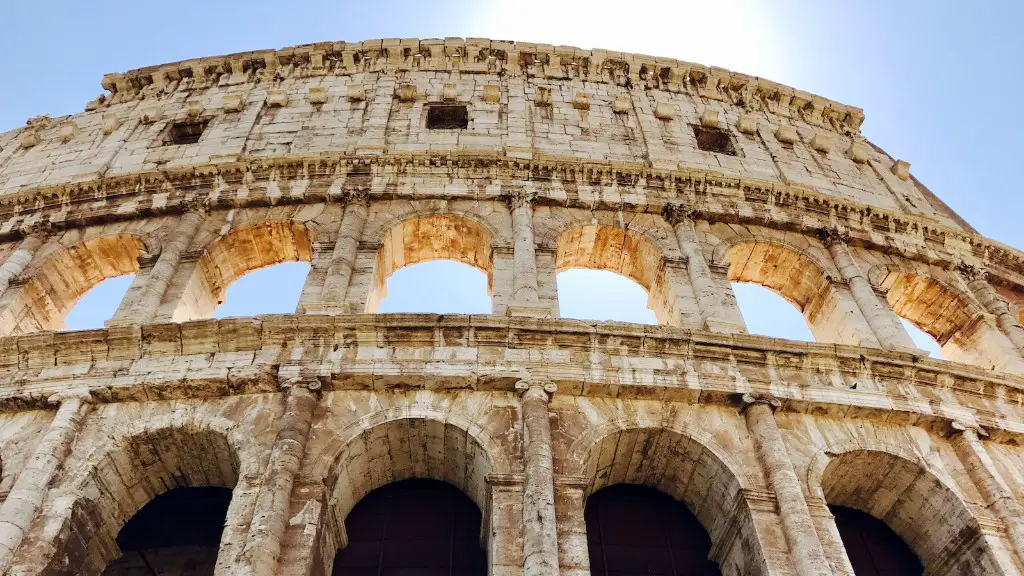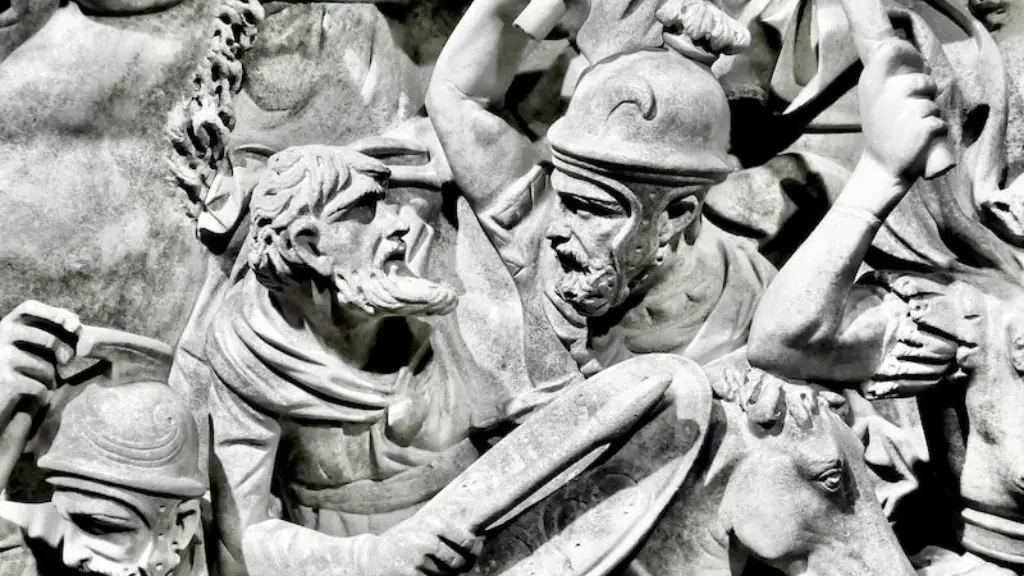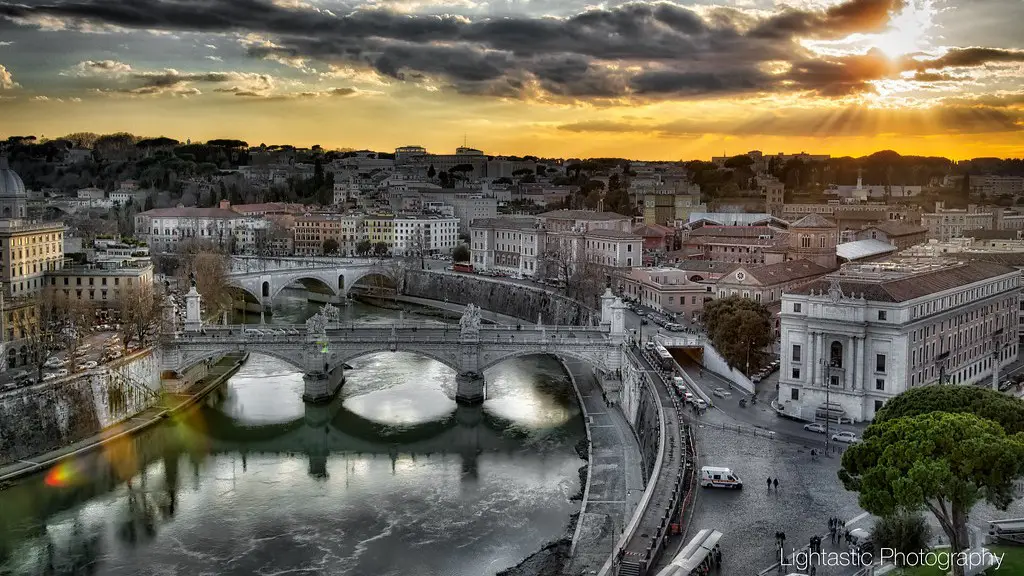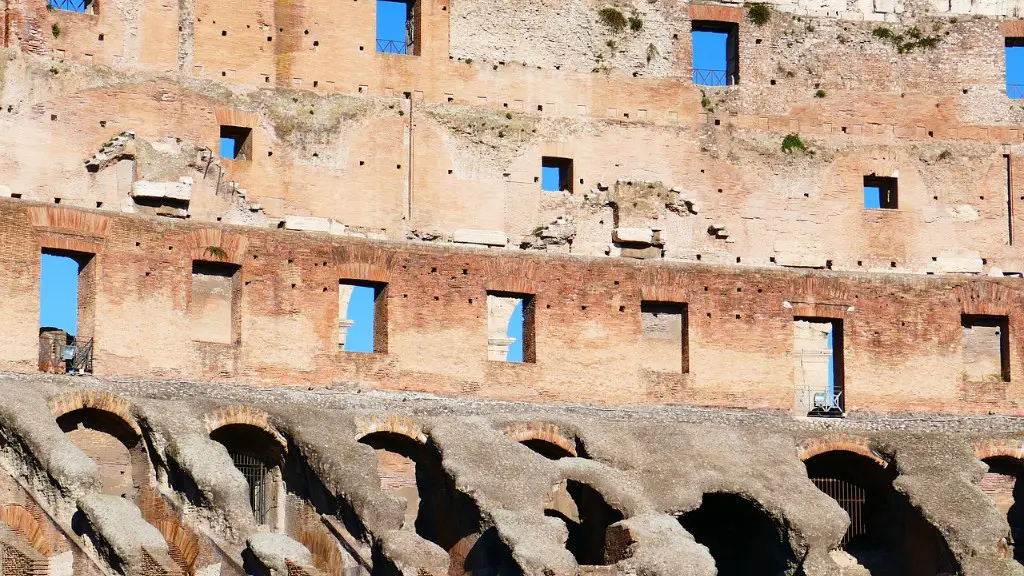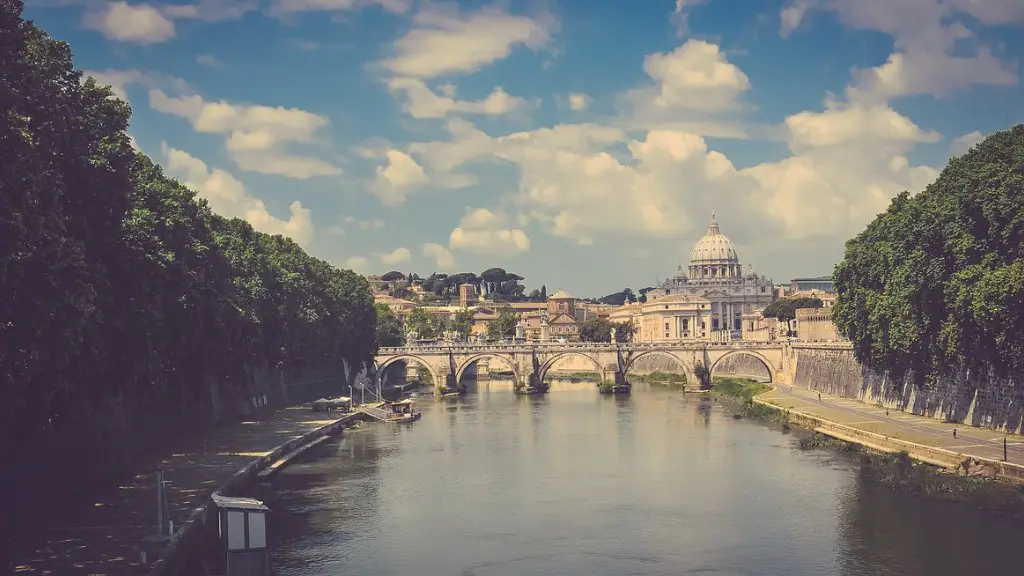The Ancient Roman Empire was a towering example of brilliance in engineering and political foresight. It is often viewed as a very modern society, but what exactly made them so ‘modern’? Rome was advanced even when compared to its contemporaries – the likes of Greece, Egypt, Carthage and its enemies, the early barbarians or ‘veteli’, as they were known. Ancient Rome had a huge influence that still reverberates today, including in terms of legal, political, religious and social systems. This article will delve into the aspects of Roman civilization that made them so advanced for their time and explored how their inventions, creations and systems inspired modern times.
City Planning
Perhaps one of the most sophisticated and advanced features of ancient Rome was its unique city planning. It is said to have been arguably the most sophisticated plan ever devised in the Western world before the modern era. Rome was divided into a series of overlapping districts, each of which had a prescribed function, its own form of government and its own set of rules. This loose network kept the city in harmony and helped its citizens stay organized. Rome’s ability to effectively utilize the city’s resources, aspect of geography and legislation to fit the need of its citizens made it ahead of its contemporaries in many ways.
Within their city planning, Rome also provided services for their citizens that were unparalleled for their time. Rome had aqueducts providing clean and abundant water for every citizen, public baths with hot and cold running water, drainage systems for sewage, efficient horse transport and countless other amenities. These advances provided opportunities and a standard of living beyond what was available in Greece and much of the early civilizations at the time.
Political Structures
Rome also had a complex and well thought out political system that set them apart from many other ancient civilizations. As their empire grew, their government evolved to incorporate new territories and citizens. Rome had an efficient bureaucratic system, effective court systems and a system of taxation that made it easier to collect taxes and keep the public running financially. The Romans also had long term planning strategies, incorporating areas of public welfare, building roads and other infrastructure as well as managing and redistributing public resources. All of this helped to create a strong and unified government that could efficiently manage its vast territories and resources.
Rome also developed an effective system of law that was far ahead of many other cultures at the time. They had an advanced code of laws and a court system that was designed to be equitable to citizens and punish offenders without bias. This system enabled Rome to remain just and orderly even as it rapidly grew from a small city-state to one of the most powerful empires in history.
Public Works
Ancient Rome was known for its massive public works and engineering feats that are still admired and imagined today. The most famous of these is the Colosseum – a 50,000 seat amphitheatre used for gladiator games and other public events. Roman engineers also built a large network of transportation and communication, including roads, bridges, canals and aqueducts, as well as the world’s first suspension bridges. This enabled Romans to travel easily, trade goods quickly and dedicated a large portion of their resources to public works.
It was also common for Ancient Rome to build amphitheatres, monumental columns and grand public baths, all of which still stand in ruins today. In addition to these physical monuments, Rome also left behind a wealth of literature and art that show their advanced level of sophistication and appreciation for the finer things in life.
Military Advancement
Rome was said to have a remarkable ability to defend itself from enemies and expand its empire. This was due in part to their superior military technology and tactics, which enabled them to outmaneuver and outlast their opponents. In order to protect their borders, Rome built a series of forts – mainly out of wood and stone – and maintained a large army that included a number of legions, or divisions of soldiers. Additionally, Rome developed various weapons, such as the gladius, a shortsword that was used by Roman soldiers. In the navy, they developed triremes, ships with a central ramming device and three levels of rowers.
In addition to their military prowess, Rome was unique in its ability to assimilate different cultures into their own, as evidenced by its far-reaching empire. Rome had a policy of integration in which they allowed people of different cultures to become citizens and had a long-term strategy of creating political stability. This made them prepared for any kind of crisis, and their success in the political and military arena enabled them to become one of the most powerful empires in history.
Communication System
Communicating information and news was paramount for ancient Rome and their communication systems were highly advanced for their era. They developed an intricate system of messengers, runners and couriers that allowed them to disseminate news and orders quickly to all corners of their empire. This was supplemented by a system of roads and aqueducts that enabled these messengers to travel with ease. In addition to this, Rome had well established systems of public announcements in the form of displayed notices and proclamations.
This well established communication system enabled Rome to maintain a high level of coordination between its provinces and citizens. Information could be spread quickly, allowing Rome to make decisions that were based on the most current data and act in a timely manner.
Social Structures
Rome had a complex and progressive set of social institutions that set it apart from its contemporaries. One of the most significant contributions of Rome was its adoption of slavery, which helped many citizens to obtain financial security and stability. Slaves were also used to build many of the grand monuments and public baths that are still admired today. Rome also had a sophisticated system of legal representation and bureaucracy that allowed citizens to appeal or petition the government.
Lastly, Romans had a unique form of religion that was exclusive to their empire. They forged a strong national identity by combining various faiths and cults into one, creating a unified belief system that all citizens could identify with. This gave the Roman Empire a sense of cohesion and communal identity that was unmatched by any other empire at the time.
Education
Rome also had one of the most advanced systems of education in the ancient world, with an emphasis on material that was both practical and theoretical. Education was a priority for citizens of Rome, with many families affording their children a paid teacher to learn from. The emphasis was on education in the Classics, such as Latin, Greek, grammar and rhetoric. Principles of Mathematics, Astronomy, Medicine and Philosophy were also taught to those who were interested. Roman schools also encouraged students to develop performance-based skills such as debate, public speaking and rhetoric.
Health Care System
No discussion of Ancient Rome’s modernity would be complete without mentioning their impressive healthcare system. Romans had an advanced system of public health and hygiene, with a network of public baths and running water, which allowed a higher standard of health than many of the other contemporary civilizations at the time. Romans had access to doctors, surgeons, dentists and midwives that could provide basic medical services, along with a wide range of herbal medicines, poultices and treatments. This enabled the Romans to enjoy a higher quality of life than any other civilization at the time.
In addition to their physical health, the Romans also valued mental health. They believed in the idea of mental well-being, and thought that it was important for citizens to develop resilience, confidence and self-awareness. Romans emphasized physical exercise, as well as thought exercises and philosophical debate, to promote mental well-being and overall health. This emphasis on mental health was entirely unique and was centuries ahead of its time.
Art & Architecture
Rome was also known for its impressive paintings, sculptures and architecture. Being a culturally diverse empire, Rome was heavily influenced by its citizens’ cultures and backgrounds. Art from Ancient Rome reflected this diversity, incorporating elements from the Greeks, Etruscans and other cultures, as well as the Roman’s own innovative techniques. Roman sculptures and paintings often depicted realistic images of gods, heroes, landscapes and daily life in Rome. This kind of artwork was rare for its time and showed a deep appreciation for the nuances of life.
Rome’s architecture was also impressive. Their monumental columns are still standing in ruins today and their engineering feats – from aqueducts to public baths – are still marveled at. The sheer scale and complexity of Roman architecture is awe-inspiring, and still stands as a testament to the skill and talent of the Roman architects.
Innovations
Finally, the Romans invented a number of innovative tools and technologies that have revolutionized the modern world. Among these were the concept of zero and a system of calendars that made it easier to tell time. They also developed a system of numbers and a unique form of monetary currency, known as the denarius. Roman engineers are credited with inventing the mechanical clock, making it possible for humans to accurately measure time for the first time. Additionally, the Romans were among the first to develop a form of concrete, which enabled them to construct roads and buildings more quickly and easily.
The Romans also invented a number of medical instruments and treatments that were used for centuries. Their surgical tools were highly advanced by contemporary standards, as were their concepts of healthy eating, hygiene and overall well-being.
Conclusion
The Ancient Roman Empire was exceptionally modern for its time and forever changed the western world in countless ways. They developed efficient systems of government, communication and political structures that laid the foundation for many of the systems that are in place today. Their engineering and architectural feats are still admired, while their legal, social and health systems set the standard for future civilizations. It is these advances and innovations that made them so incredibly advanced for their time, and that forever changed the course of history.

